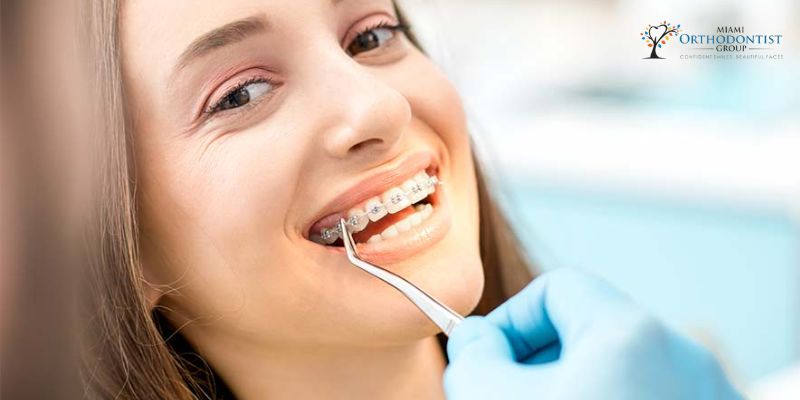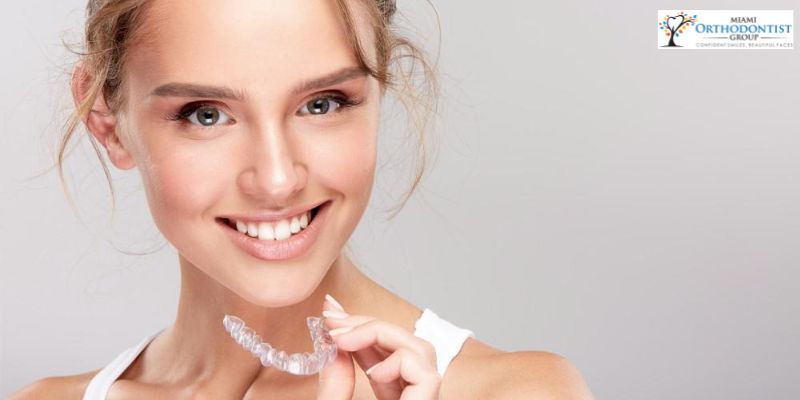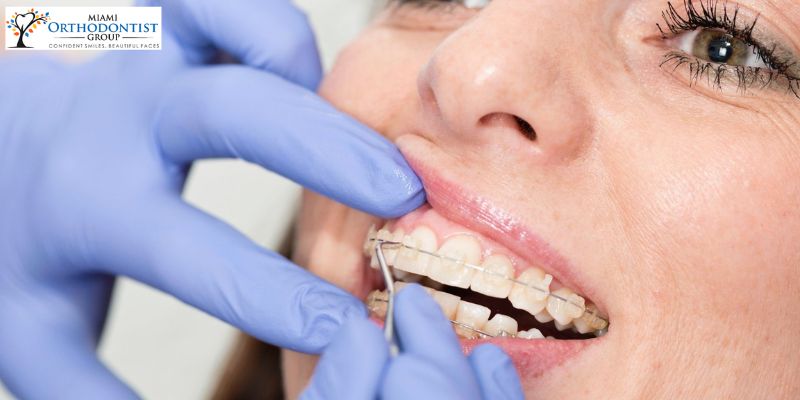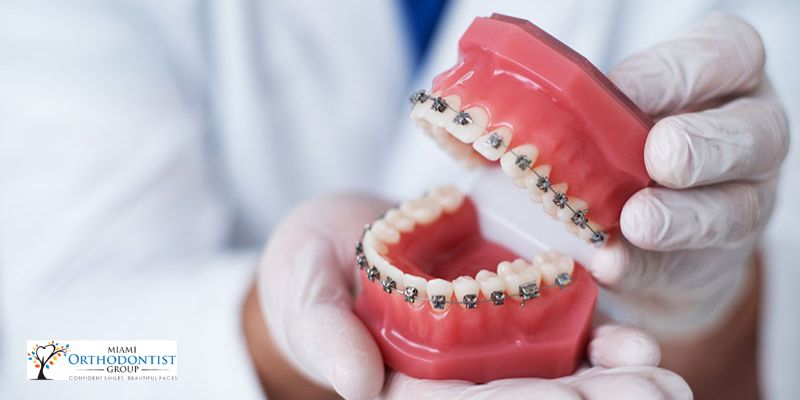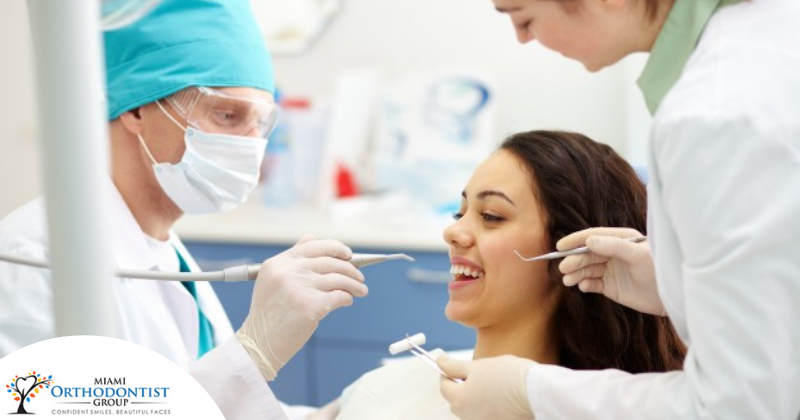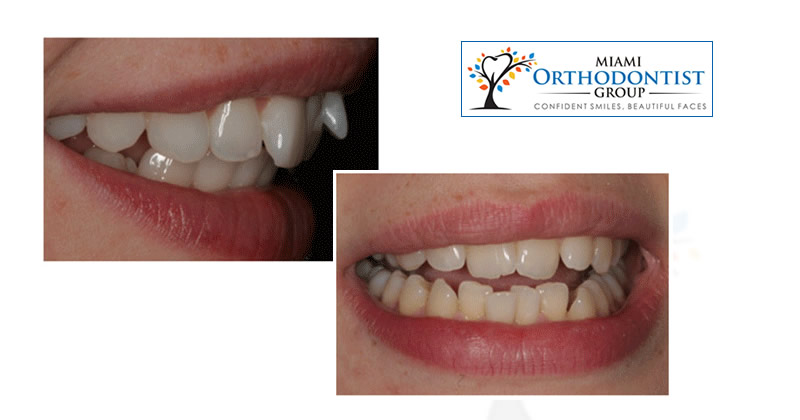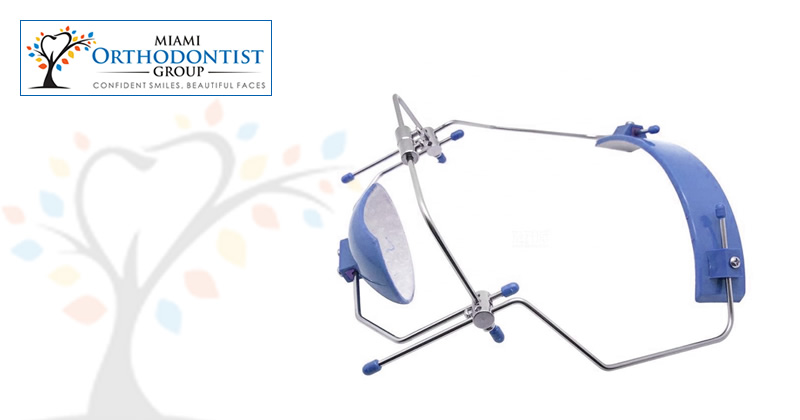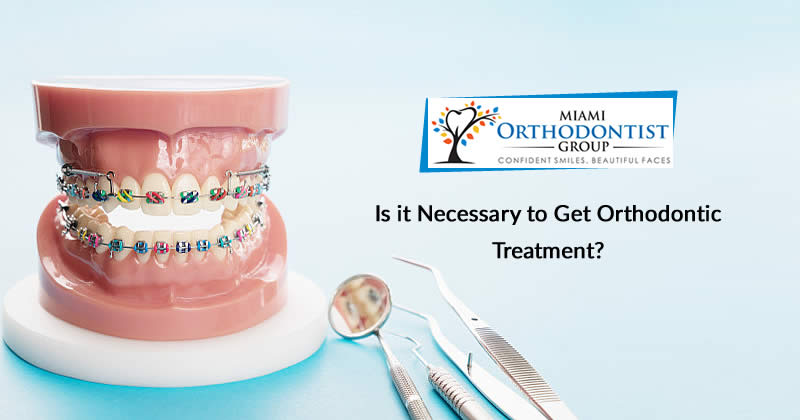Orthodontic treatment plays a crucial role in enhancing the oral cavity's aesthetic appeal and functionality.
When you think of a stunning grin, straight, white teeth may come to mind. However, a beautiful grin is more than just how your teeth look.
Bite alignment issues can stop your teeth from carrying out their proper functions as they should. Many factors can cause this problem, but the good news is that you can smile again and live a confident lifestyle if you opt for proper bite alignment treatments.
As an adult, you teach teeth cleaning facts to children, to help them grow out of the first phase of life without tooth cavities. In the same way, you need to care for your teeth and gums.
There are several reasons why teeth and bites get out of alignment. It includes teeth that are too wide for your mouth or an unequal upper and lower jaw size. Many times, crooked teeth and improper bites are inherited. But they can also result from pacifier use, jaw injuries, thumb sucking, early loss of baby …
Continue reading "Different Types Of Bite Alignment And Treatment"
Are you aware of Orthognathic Surgery In Miami? Orthognathic surgery is done to adjust the misalignment of jaws and teeth that cannot be cured with orthodontic treatment. The process intends to fix and shift extreme abnormalities among the upper and lower jaws, which allow the teeth to bite together properly.
Is it true that your howl may be terrible than your bite? Perhaps that is correct. Since your bite is a very essential part of your oral well-being. In Orthodontic Appliances, ‘bite’ denotes the way upper and lower teeth assemble.
Do you know what Orthodontic headgear is? There are times this mentioned to as braces headgear. It is an implement used to adjust serious bite complications. Although braces can adjust the position of your teeth, orthodontic headgear can help modify the position of your jaw. This is by using pressure on the braces through hooks, coils, elastic bands, and other removable Orthodontic Appliances. Orthodontic headgear can also be used to escalate the area between teeth so as to others can develop.
If you have healthy teeth without any problems and you take much care of your teeth then it is not necessary to get an orthodontic treatment. But you should get an orthodontic treatment if you have problems like extra teeth and spacing. With the help of orthodontic treatment you can make your teeth healthy and …
Continue reading "Is it Necessary to Get Orthodontic Treatment?"
Playing Sports, helps in maintaining our overall health and wellbeing. But, with the physical benefits do comes the risk of injury as part of the package. Therefore, the risks to our mouth are too significant when we participate in athletic and sporting activities.


